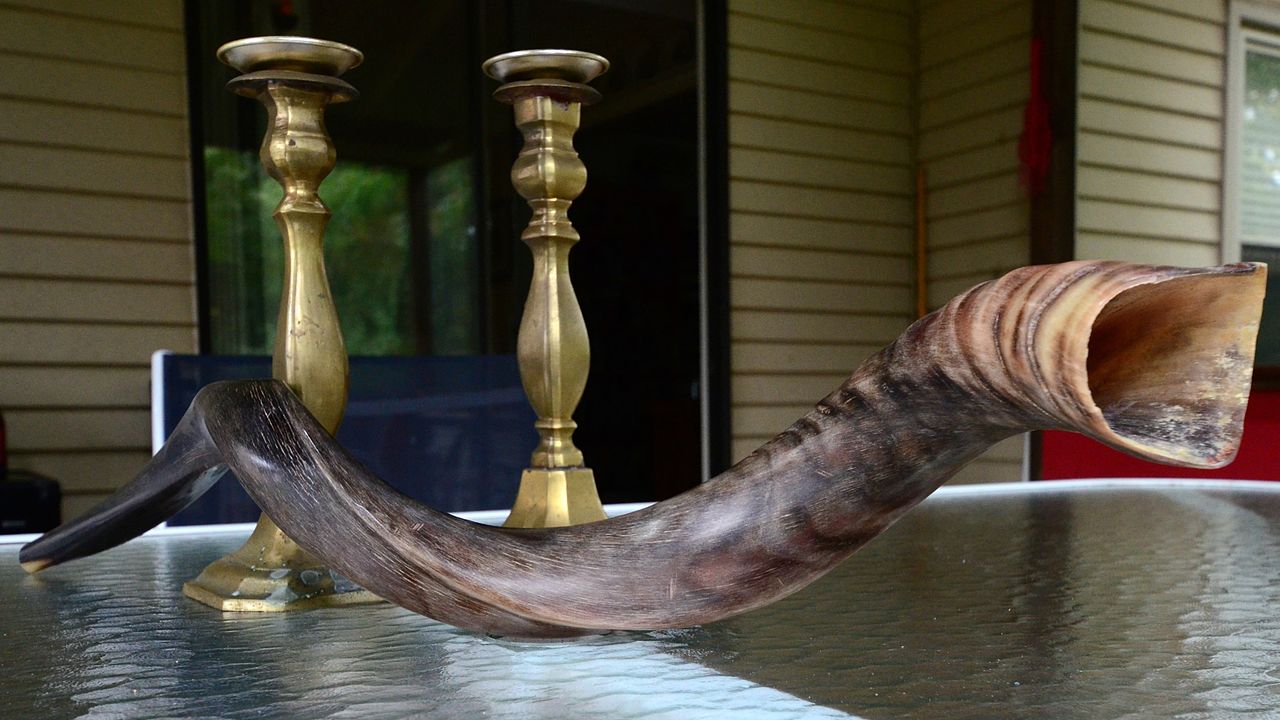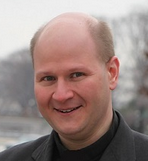This year Yom Kippur begins at sundown on Sunday, September 27, and lasts until sundown on Monday, September 28. Here are the facts you need to know about the holiest of Jewish holidays.
What is Yom Kippur?
Yom Kippur, the Day of Atonement, is the holiest day in Judaism. It comes 10 days after the Jewish New Year, Rosh Hashanah. Together, they are known as the “High Holy Days,” “Days of Awe” (Yamim Noraim), or “Days of Repentance.” It is traditionally believed that God opens the Book of Life on Rosh Hashanah and closes it on Yom Kippur.
What happens during the Days of Awe?
Jews will ask forgiveness of those whom they have wronged throughout the year, receiving forgiveness from their fellow human beings before asking for divine mercy. The Talmud says, “Yom Kippur atones for transgressions between a person and God, but for a transgression against one’s neighbor, Yom Kippur cannot atone, until he appeases his neighbor” (Yoma 8). Repentance, prayer, and acts of charity performed during this time are believed to tip the scales of the final judgment.
Where did Yom Kippur originate?
The Bible established that the tenth day of the seventh month (Tishrei) shall be kept as a day of atonement and a “Sabbath of rest” (Leviticus 16:29-31 and 23:27-32). In Temple Judaism, the high priest would enter the Holy of Holies to offer incense and sprinkle the blood of sacrifice – the only day he would do so. He would also recite the sins of the nation of Israel over a scapegoat, which was released into the wilderness. The year 2020-2021 A.D. is year 5781, according to the Jewish calendar.
Are there restrictions or dietary regulations?
Jews are supposed to abstain from working, eating, and sexual relations. Observant Jews also abstain from bathing, wearing perfume or cologne, and wearing leather shoes. The fast begins before sunset, making it a 25-hour fast.
What is worn on Yom Kippur then?
Jews wear white on the holy day to remind them of angelic purity. Some wear a white kittel, which is the Jewish burial shroud, to remind them of mortality. This is also the only day of the year when men wear the prayer shawl, known as the tallit, to evening services.
What is the Kol Nidre and what happens on Yom Kippur itself?
The heart of the holy day as it is now kept is the recitation of the Kol Nidre prayer on the eve of Yom Kippur. The Jewish Encyclopedia records one text of the prayer thus:
“All vows, obligations, oaths, and anathemas, whether called ‘ḳonam,’ ‘ḳonas,’ or by any other name, which we may vow, or swear, or pledge, or whereby we may be bound, from this Day of Atonement until the next (whose happy coming we await), we do repent. May they be deemed absolved, forgiven, annulled, and void, and made of no effect; they shall not bind us nor have power over us. The vows shall not be reckoned vows; the obligations shall not be obligatory; nor the oaths be oaths.”
The leader and the congregation then say together:
(Num. xv. 26).
“And it shall be forgiven all the congregation of the children of Israel, and the stranger that sojourneth among them, seeing all the people were in ignorance.”
The prayers for the day are taken from a prayer book known as the mahzor, which contains services for the Days of Awe. There are specific lists of sins in the Amidah prayer – the Ashamnu and Al Chet – all rendered in the plural, to show that forgiveness is being asked for all Israel.
Observant Jews may spend much of Yom Kippur in the synagogue attending any of the five prayer services scheduled.
The holy day concludes with a service known as Neilah, in which the Ark containing the Torah scroll is left open the entire time, and all who are able stand the entire service. The service concludes with a long blast of the ram’s horn, or shofar, and includes the recitation of the phrase, “Next year in Jerusalem” (Leshanah haba’ahb’Yerushalayim), which is also said during the Passover Seder.
Are there other customs or observances?
It is customary to light candles, often for the deceased. After the final service and sundown, the fast is broken in a joyous meal with family members.
Does the Day of Atonement still involve a sacrifice?
Some adherents practice the kaparot, in which a chicken is swung overhead three times with the recitation of prayers on the eve of Yom Kippur, then killed according to halachich rules. The chicken, or its value in money, is then donated to charity. However, the heart of the modern observance is the recitation of the Kol Nidre.
What is an appropriate greeting for Yom Kippur?
Perhaps the most appropriate phrase for the observant is “Gemar hatimah tovah,” which means “May you be sealed in the Book of Life.” This may be shortened to “G’mar Tov” (“A good seal”). During the fasting period, one may tell someone “Have an easy fast,” or say “Yom Tov” to wish “a good and holy day.” Due to its proximity to Rosh Hashanah, the phrase “Shana Tova” (for a happy new year) is sometimes still exchanged. Wishing someone “Happy Yom Kippur” would be out of keeping with the day’s solemn character.
(Photo credit: slgckgc. This photo has been cropped. CC BY 2.0.)

